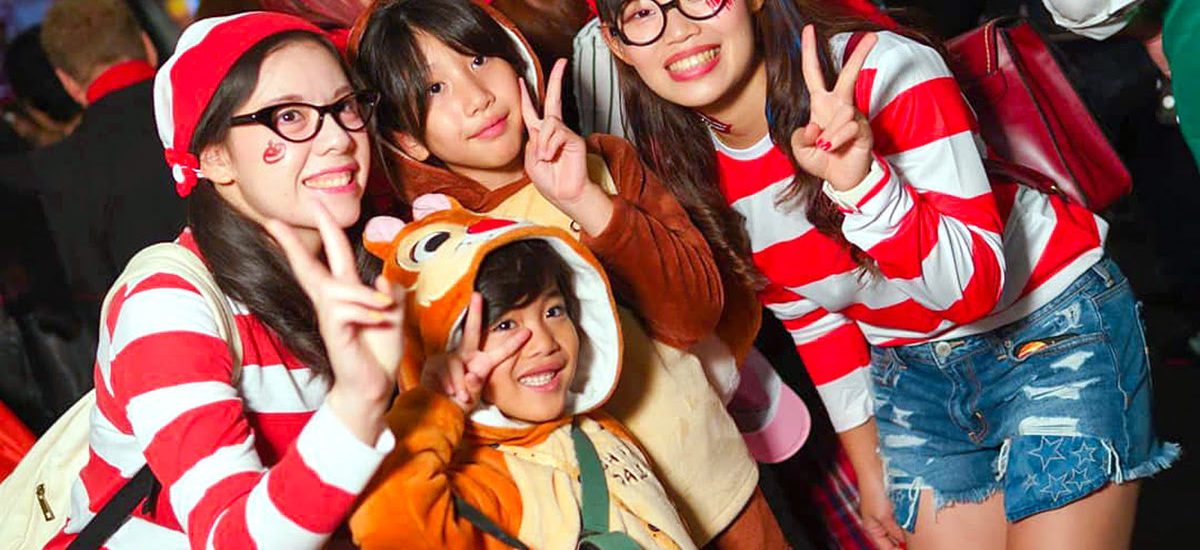



The world of historical costuming is a vast and fascinating realm, merging the creativity of art with the precision of history. Delving deep into the annals of fashion history, enthusiasts find joy and purpose in recreating outfits from bygone eras. Before you dive into the details, make sure to check out the best play reactoonz slot and hope you get lucky.
There’s an undeniable magic in wearing a garment that transports you back in time. Whether it’s the Regency era, the roaring 20s, or the Renaissance, donning a costume lets you experience a piece of history firsthand. It’s not just about aesthetics; it’s about understanding the nuances, lifestyle, and mindset of people from different periods.
Historical costuming isn’t just about sewing or crafting an outfit. It’s about research, understanding fabrics, identifying authentic patterns, and mastering techniques that may have fallen out of modern fashion. This constant learning process sharpens skills and deepens knowledge.
Historical costumes allow wearers to express parts of their personality that modern clothing might not. Whether someone feels an affinity with the elegance of Victorian times or the free spirit of the 60s, historical dress is a form of self-expression.
For many, the process of creating a costume – from research to final stitches – is therapeutic. In a world dominated by instant gratification, there’s a unique satisfaction in dedicating time and effort to handcraft a garment, piece by piece.
Costume enthusiasts often find kindred spirits who share their passion. Workshops, courses, and conventions allow them to meet, collaborate, and bond over shared interests. These gatherings become more than just events; they are platforms for exchanging ideas, learning from one another, and building lasting friendships.
By keeping the art of historical dress alive, the community plays a vital role in preserving history. Costumes serve as tangible reminders of the past, educating newer generations about historical periods, events, and lifestyles.
While staying true to history is vital, many costume enthusiasts enjoy blending historical elements with modern sensibilities. This fusion creates a unique style, bridging the past and the present.
Historical costuming isn’t just about Western history. There’s a growing interest in exploring traditional outfits from various cultures worldwide. This broadened scope promotes inclusivity and understanding, enriching the community.
Incorporating Technology: A Modern Boost
In the modern era, technology has revolutionized every field, and historical costuming is no exception. From online archives housing vintage patterns to software that allows for digital designing, technology has streamlined the research and design processes. Virtual fitting rooms, 3D printing for unique accessories, and augmented reality apps that overlay historical garments on the user are just a few ways technology enhances the costuming experience.
Platforms like Instagram, Pinterest, and TikTok have become invaluable for historical costume enthusiasts. They offer a space to showcase creations, exchange tips and tricks, and connect with a global community. The instant feedback loop, coupled with the vast repository of shared knowledge, has democratized learning and opened up new possibilities for collaboration.
The rising awareness about sustainable fashion has made its way to the historical costume community. Enthusiasts are increasingly opting for organic fabrics, ethically sourced materials, and natural dyes to ensure their passion doesn’t come at the planet’s expense.
In line with the ethos of sustainability, there’s a growing trend to recycle and upcycle older garments or materials. Instead of discarding old costumes, many are repurposing them or incorporating parts of them into new designs. This practice not only reduces waste but also adds layers of history and stories to each new creation.
The world of historical dress is ever-evolving. To stay connected and updated, it’s crucial to engage in continuous learning. Here’s how: